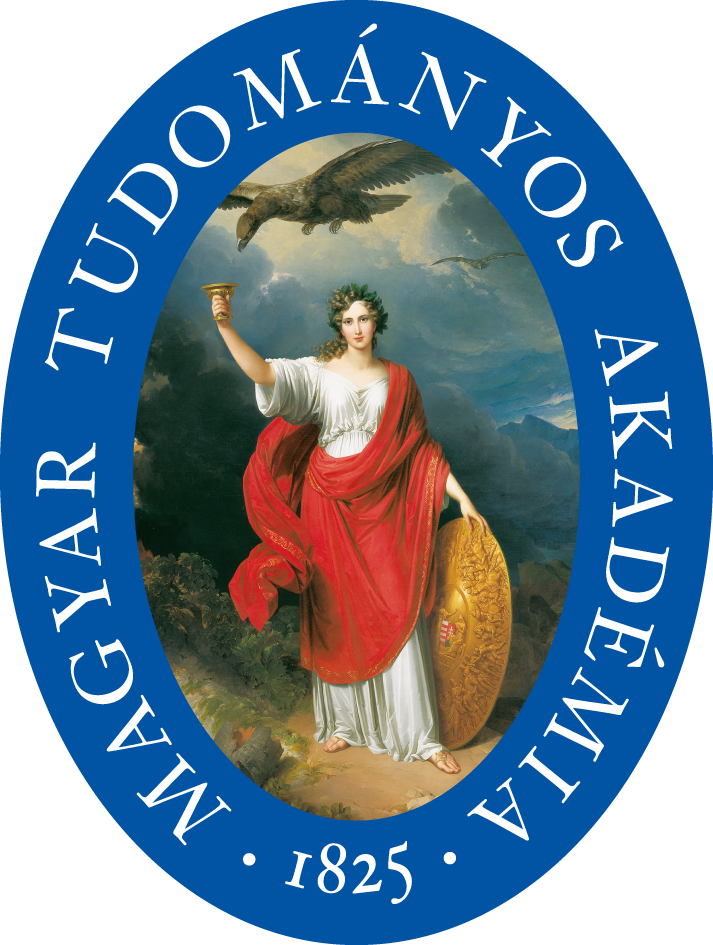A landscape history of the Geul Valley: from a farmers’ Arcadia to a multifunctional landscape
DOI:
https://doi.org/10.56617/tl.3569Keywords:
landscape biography, nature management, Arcadian landscape, landscape transformation, sustainability, landscape historyAbstract
This article describes the role of Natuurmonumenten, a Dutch NGO for nature conservation, in the preservation of cultural landscapes. The case study is the traditional rural landscape of the Geul River, South Limburg, The Netherlands. The Geul Valley was recognized for its natural, geological and Arcadian beauty early in the 20th century. The nature conservationists took action in the early 20th century when industrialization already threatened the area. However, it was only after the Second World War, that nature conservation societies like Natuurmonumenten (Natural Monuments Society) bought parts of the Geul Valley in order to preserve the landscape. The Arcadian argument was strong: not only did Natuurmonumenten buy the flowery meadows, but also a castle, watermills, and ancient farmsteads. All within the paradigm of the traditional landscape. In the decades following the Second World War, however, the surrounding landscape changed dramatically due to increased tourism, intensive farming, growing population, land reallocations, etc. The contrast between the nature reserves and the surrounding parts of the valley grew. Now, in the early 21st century, new challenges arise: will nature management continue to strive for the preservation of the traditional landscape, or will nature development like rewilding take place? Climate change is an important issue and the sustainability of the management of the nature reserves is under discussion. This article uses the Landscape Biography method not only to describe the history of the management of the nature reserves of Natuurmonumenten in the Geul Valley, but also to look at the role of the cultural and natural heritage of this landscape in the transitions to come. The aesthetic aspect of the landscape also referred to like the beauty of the landscape, should play a role in the ongoing debate on the future of these landscapes.
References
Barends, S., Renes, J., Stol, T., Van Triest, J.C., De Vries, R.J., Van Woudenberg, F.J. (eds) 1987: Het landschap van Zuid-Limburg. Matrijs: Utrecht, The Netherlands.
Bieleman, J. 1992: De akkerbouw met gemengd bedrijf op de rivierklei en op de Zuidlimburgse löss. In: Bieleman, J. Geschiedenis van de landbouw in Nederland 1500–1950. Boom: Meppel/ Amsterdam, The Netherlands, pp. 275–289.
De Bruin, D., Hamhuis, D., Van Nieuwenhuijze, L., Overmars, W., Sijmons, D., Vera, F. 1987: Ooievaar. De toekomst van het rivierengebied. Stichting Gelderse Milieufederatie: Arnhem, The Netherlands.
Gorter, H.P. 1986: Ruimte voor de natuur. 80 jaar bezig voor de natuur van de toekomst. Vereniging tot Behoud van Natuurmonumenten in Nederland: ’s-Graveland, The Netherlands.
Heimans, E. 1911: Uit ons Krijtland. W. Versluys: Amsterdam, The Netherlands.
Hendrix, W., Schepers, F. 1990: Natuurontwikkeling in de Zuidlimburgse beekdalen. In: Natuurhistorisch Genootschap in Limburg. 1990: De beken en beekdalen in Zuid-Limburg. De betekenis van de Zuidlimburgse beken en beekdalen voor natuur, landschap en cultuurhistorie, nu en in de toekomst. Publicaties van het Natuurhistorisch Genootschap in Limburg XXXVIII/ 1, Stichting Natuurpublicaties Limburg: Maastricht, The Netherlands, pp. 109–122.
Kolen, J., Renes, J. 2015: Landscape Biographies: Key Issues. In: (Eds) Kolen, J., Renes, J., Hermans, R. 2015: Landscape Biographies. Geographical, Historical and Archaeological Perspectives on the Production and Transmissions of Landscapes. Amsterdam University Press: Amsterdam, The Netherlands, pp. 21–47. https://doi.org/10.5117/9789089644725
Landschapswacht 2004: Landschapswacht steekproef Natuurmonumenten Limburg-Overijssel Drenthe- Gelderland 2004. Landschapswacht: Beek-Ubbergen, The Netherlands.
Monbiot, G. 2014: Feral. Rewilding the land, sea and human life. Penguin Books Ltd: London, United Kingdom. Purmer, M. 2018: De boer. Het Geuldal: van Heimans’ boeren Arcadië tot een multifunctioneel landschap. In: Purmer, M. 2018: Het landschap bewaard. Erfgoed en natuur bij Natuurmonumenten. Verloren: Hilversum, The Netherlands, pp. 265–361.
Purmer, M., Burger, C. 2010: Visie cultuurhistorie Zuid-Limburg: landschap en landschapselementen in de gebieden van Natuurmonumenten. Vereniging Natuurmonumenten: ’s-Graveland, The Netherlands.
Renes, H. 2018: New nature in old landscapes: some Dutch examples of the relation between history, heritage and ecological restauration. Environmental Values 27: 351–375. https://doi.org/10.3197/096327118X15251686827714
Renes, J. 1988: De geschiedenis van het Zuid-Limburgse Cultuurlandschap. Van Gorcum: Assen/ Maastricht, The Netherlands.
Staal, E., Ovaa, A. (eds) 2006: Uit en Thuisboek. Stichting Het Limburgs Landschap: Lomm, The Netherlands. Van Lochem, S., Purmer, M., Allersma, W. 2015: Verborgen schatten. Gebouwen van Natuurmonumenten. Natuurmonumenten: ’s-Graveland, The Netherlands, pp. 60–61.
Van Tooren, B., Op den Kamp, O., Ovaa, A., Lejeune, M., Schimmel, I. 2015: Kansen en bedreigingen voor de natuur in het Limburgse heuvellandschap. In: Natuurhistorisch Maandblad 104(12): 309–314.
Downloads
Published
Issue
Section
License
Copyright (c) 2019 Michiel Purmer

This work is licensed under a Creative Commons Attribution-NonCommercial-NoDerivatives 4.0 International License.
A folyóirat Open Access (Gold). Cikkeire a Creative Commons 4.0 standard licenc alábbi típusa vonatkozik: CC-BY-NC-ND-4.0. Ennek értelmében a mű szabadon másolható, terjeszthető, bemutatható és előadható, azonban nem használható fel kereskedelmi célokra (NC), továbbá nem módosítható és nem készíthető belőle átdolgozás, származékos mű (ND). A licenc alapján a szerző vagy a jogosult által meghatározott módon fel kell tüntetni a szerző nevét és a szerzői mű címét (BY).











